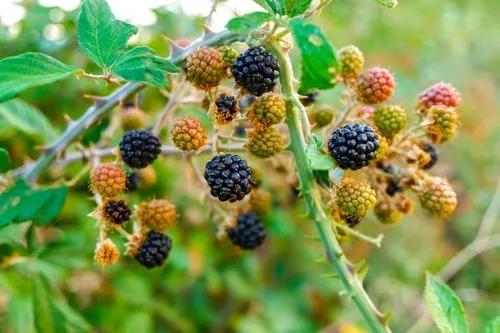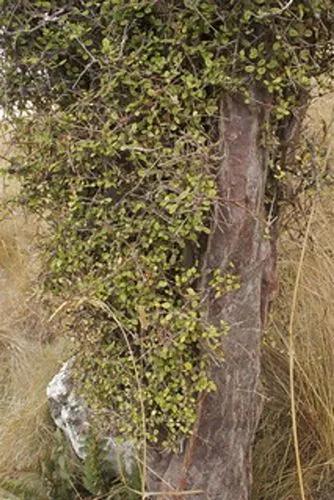Dermatophyllum secundiflorum is a species of flowering shrub or small tree in the pea family, Fabaceae, that is native to the southwestern United States (Texas, New Mexico) and Mexico (Chihuahua and Coahuila south to Hidalgo, Puebla and Querétaro). Common names include Texas mountain laurel, Texas mescalbean, frijolito, and frijolillo.
Texas Mountain Laurel Care
Dermatophyllum Secundiflorum



Although "mescalbean" is among the plant's common appellations, it bears no relation to the Agave species used to make the spirit mezcal, nor to the peyote cactus (Lophophora williamsii), which contains the hallucinogenic alkaloid mescaline.An evergreen, its leaves are pinnately compound, with small, roughly spatulate leaflets; the leaflets are rather thick, and waxy to the touch. Never tall, and rarely having a straight trunk, its bark is smooth in all but the oldest specimens. It grows slowly to a height of 15 ft (4.6 m) and a crown diameter of 10 ft (3.0 m). Extremely fragrant purple flowers, resembling the smell of grape soda, are produced in large clusters in March and April. They are followed by 4 in (10 cm) pods containing deep orange seeds.It is well-adapted to arid and semi-arid habitats but is most common in riparian zones.Dermatophyllum secundiflorum is a popular ornamental plant due to its showy flowers and orange seeds. The reddish wood it produces is potentially useful, but as yet has little commercial value. Further adding to this is the fact that the beans were in fact once used by some Native American tribes as a hallucinogen, before being supplanted by peyote. This plant does not contain any mescaline, however; all parts of it are highly poisonous,due to the principal alkaloid cytisine, which is chemically related to nicotine. The consumption of a single seed is enough to kill an adult.
How to Care for the Plant

Popularity

849 people already have this plant 70 people have added this plant to their wishlists
Discover more plants with the list below
Popular articles






